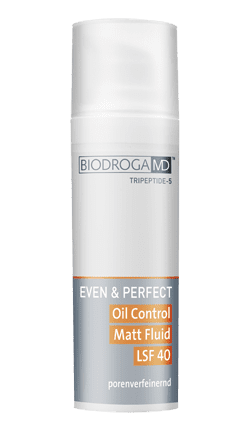What is the Importance Of Sun Protection?
Its the small negligence that comes back to haunt us sooner or later. You go out for lunch with a friend, enjoying the beautiful weather. You get back home, your skin suddenly starts to feel tight and a quick glance in the mirror shows that your skin has become irritated!!
The slight reddening of your skin disappears quickly but it will not be the last sunburn of the summer.
We know to protect ourselves whilst on holiday or when exercising outdoors. However sunbathing during lunchtime is particularly serious since sun radiation is at its strongest during this time of the day.
Did you know?
- Skin has its natural own defence mechanisms to protect itself against damages caused by UV radiation: The horny layer acts as a natural “ UV filter” and is able to absorb or reflect approx. 10% of the UVB and 50% of the UVA rays.
- With the increasing exposure to radiation, the horny layer becomes thicker and melanin (pigment) is developed in the deeper skin layers.
In the event of a longer lasting exposure to sun…
- There are changes in blood circulation including widening of the vessels (erythema), increased melanin formation (tanning of skin) and cell renewal (when the skin starts to flake).
- Excessive exposure to sun show that the skin tries to repair the UV damages. This means that the popular tan is a mere protection and repair mechanism of the human body.
- UVB radiation is responsible for visible sunburn, but UVA radiation does not show until later.
- UVA mainly causes early wrinkle formation and pigmentation disorders.
- Severe UV damages may, however, lead to premature, light-induced skin ageing and at worst to skin cancer.
Even though it is said that shade is the best protection against the sun…
- Anyone who relaxes in the shade or under a parasol is still at risk of sunburn.
- UV intensity measurements show that a lot of UV radiation can still reach the body through the sides and through ground reflection.
- You can’t even rely on clothing especially not white clothing as they still let through 10% of the radiation.
- Only clothing with integrated UV protection provide full protection.
Is it true that the higher the SPF the more effective the sunscreen?
UVB radiation plays a key role in skin cancer, and SPF refers mainly to the amount of UVB protection a sunscreen offers. Therefore the higher SPFs can help, an SPF 15 sunscreen blocks 93% of UVB radiation, while an SPF 30 sunscreen blocks nearly 97%
Despite these advantages, there are potential downsides to using products with very high SPFs.
Firstly above SPF 50 (which blocks an estimated 98 percent of UVB rays), the increase in UVB protection is minimal.
Secondly, there are more chemicals in an SPF 50+.
Although UVA protection is also important (UVA not only accelerates skin ageing, but contributes to and may even initiate skin cancers),SPFs mainly measure UVB protection.
When we apply a high-SPF sunscreen our skins may not burn (UVB is the chief cause of sunburn), but without UVA-screening ingredients they can still receive large amounts of skin-damaging radiation. To avoid this, I suggest using products with SPFs no lower than 20 and no higher than 50. In addition to an SPF of 20+, your sunscreen should include some combination of the following UVA-blocking ingredients: zinc oxide, titanium dioxide, and oxybenzone.

BIODROGA MD OIL CONTROL MATT FLUID SPF 40
The beauty fluid improves the skin tone and leaves a perfectly matted skin.
It contains:
- Reliable protection against UVA/UVB rays
- Normalization of the sebum production
- Sebum Balancer (Sebopessina) -normalizes the lipid and moisture level
- The matt effect lasts for many hours
- Contains SYN-COLL (Tripeptide) which activates the new formation of collagen

